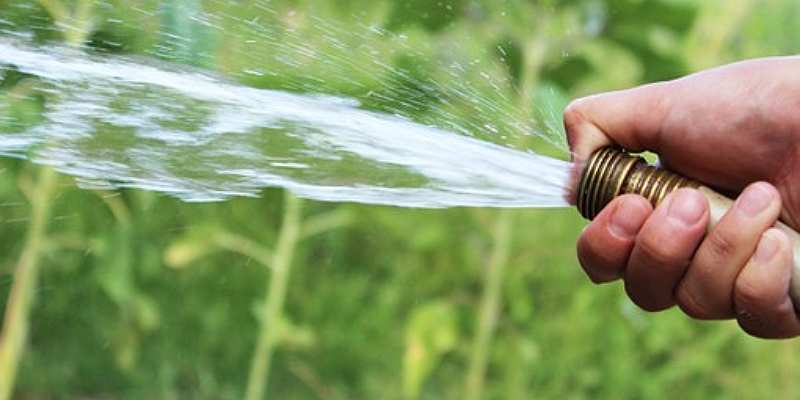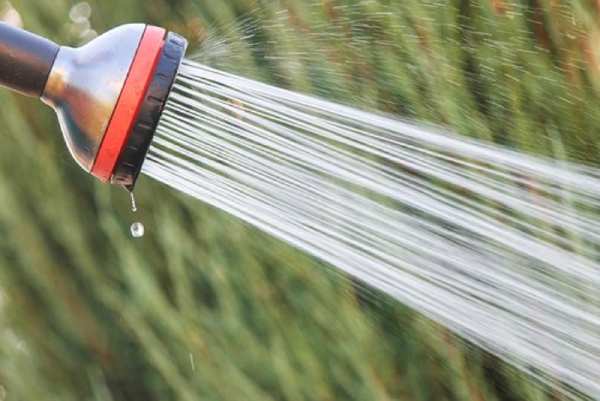
If you have a garden, be it vegetable or growing flowers, artificial grass or plots that you cultivate various plants, you will also need a hose for the garden. Undoubtedly, plants need regular watering and in order to do this correctly, easily and in the most comfortable manner possible, the choice of the hose is important.
How do you choose the best garden hose? What features does the garden hose need? Read our guide and get informed. Having a garden can be very pleasant and rewarding, but you have to know that such a home is not very easy to maintain. That’s why it’s natural to look for items that make your work easier.
A green and rich lawn is always worth admiring and compliments perfectly to a beautiful home and a well-groomed garden of flowers is a desirable goal.
Whether you need a good garden hose to irrigate the garden and the lawn or to wash the car, the windows or the walls of the house, it is part of the category of tools that you do not have to miss in the garage. Find out how to choose the best garden hose and see here the top 5 garden hoses.
Why choose a good garden hose?
Not any hose is suitable for your home. You must know that a good hose must have good quality material, a suitable length and thickness. The offer on the market is overwhelming and it can be difficult to make a difference between a good garden hose and one with an unreasonable quality/price ratio. A poorly chosen hose will crack in time and it will get you more tangled than it will help. There are a few things you need to watch out for before purchasing especially in buying things online.
How do you choose the best garden hose?
To always make the best decision, we urge you to consult a shopping guide specifically designed to provide you with all the necessary information. Find out all the conditions that a good garden hose needs to meet in the following paragraphs.
Hose type
Classical garden hoses can be a good option for anyone, but this regular model also comes with a few limitations. While the regular garden hose allows you to irrigate the lawn or to wash the machine with your direct involvement, it is good to know that there are specialized garden hoses that have different modes of operation.
This will help you perform more specific tasks. Although the initial investment will be somewhat higher, the subsequent gains in irrigation efficiency, as well as water consumption, can be very satisfactory.

The extendable hose is ideal if you are looking for an easy-to-use hose. That’s because it has the special property of deluding itself. When it is connected to the tap and is filled with water, it can exceed three times the initial length and then return to its original form. It is certainly the most comfortable variant of the garden hose. Because it has thicker walls, it will last very well over time.
The flexible or flat hose has thinner walls, which can be an advantage and a disadvantage at the same time. The fact that it has thin walls allows you to run it very easily because once the water comes out of the hose, it will start pouring. On the other hand, thinner walls are more sensitive and can break more easily if they touch sharp objects like garden stones. It is better to be deployed when it is used and not to go past the corners of the house. Otherwise, the water can be blocked.
The sprinkler hose is perfect for large areas of land that would take too long. They are provided with holes all the way. The water comes out of the holes and the ground is automatically irrigated. However, you can not leave the water open all day, and the entire process should be monitored to avoid significant water loss.
Drop hoses are used in agriculture for watering the soil where fruit and vegetables are grown. It is a saving solution during periods of drought. The water is distributed directly to the drip root. The water is eliminated through the pores, so the amount of water removed can be easily controlled and is quite small.
Material
You will need to know the material used for the hose itself and the screw end. The hose can be made of plastic, rubber or vinyl while the screw end can be made of metal or plastic.
The most resistant material is rubber. The rubber hose can be more robust and harder but it can carry even hot water without problems and heroically resists extreme and violent weather conditions. It will be more difficult to handle and will cost more but the quality rises to the price.
The vinyl and plastic variants are more affordable materials. The vinyl hose is easier to handle but is more demanding in terms of storage conditions and does not withstand high water pressure. The plastic hose is also easier but its durability cannot be compared to that of the rubber.
Read this: https://www.wikihow.com/Choose-the-Right-Garden-Hose
The tap coupling system is also an issue that should be looking in to. The plastic coupling is very easy to fit and often ergonomically shaped and as long as it is made of hardened plastic, it should last very well in time. The metal coupling has the advantage of giving more resistance to water pressure conditions, but it is harder to screw on the valve, requiring more force.
To test the flexibility and strength of a hose (very important items for household use), its performance at high pressure should be checked while testing its compression and inflection response. While it is not important to know all the technical data in getting a garden irrigation hose, it is still important to look at the water pump, flow rate and how much it needs for your plants to be wet.
